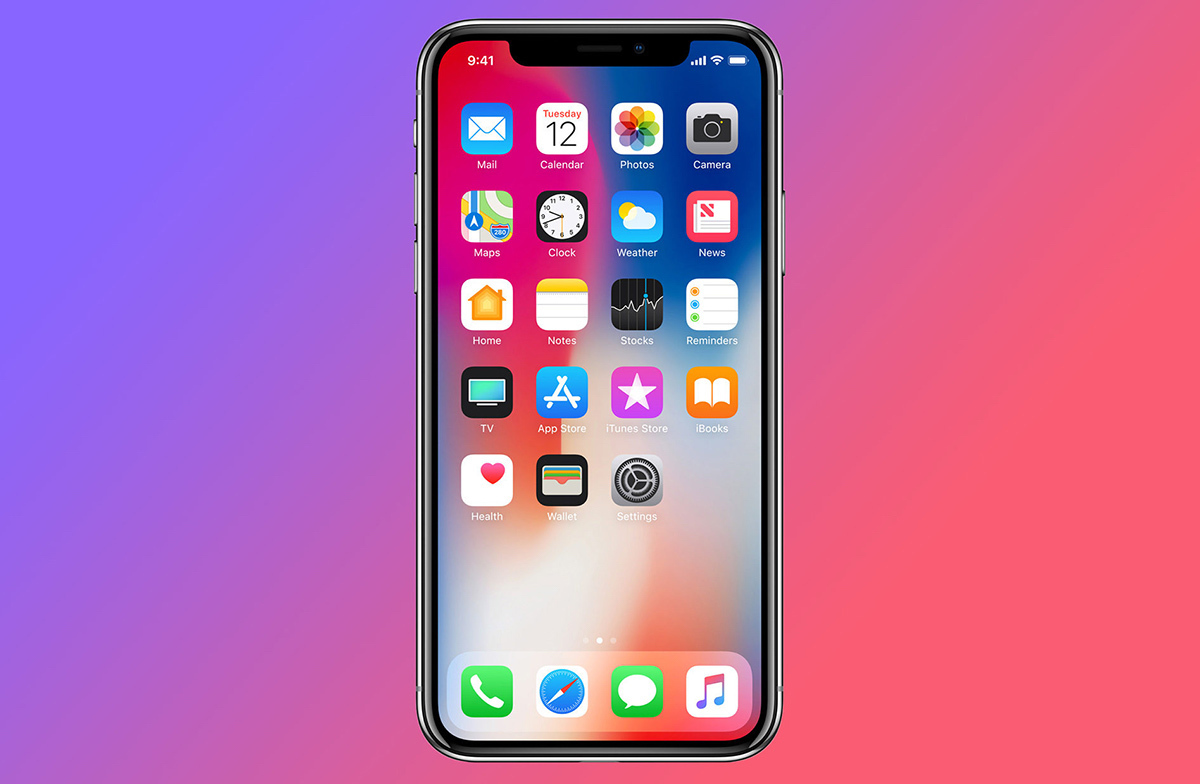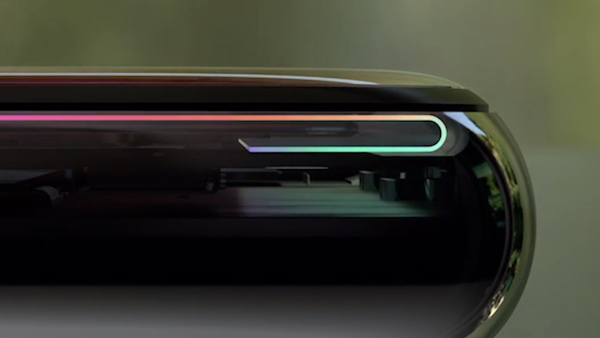We are now half way through 2018 and if there is one trend that has most definitely made itself clear it’s the proliferation of new smartphones that launched with notches at the top of their screens.
Following hot on the heals of the iPhone X towards the end of 2017, there has been a number of devices launched since January which borrow heavily from that same design – at least as far as that notch is concerned.

While many had poked fun at it initially, that notch has become something most smartphone makers have used in order to make their devices as bezel-free as possible. But there is one area that other phone makers haven’t followed suit and that is the chin.
The area at the opposite end of that notch, affectionately known as the chin, remains a part of all Android phones. The iPhone X? Not so much.
The reasons for this have been mentioned before and now YouTuber MKBHD has released a video covering the subject as well. As Brownlee points out, the reason Android phones all hava chin is all about the way smartphone displays work.
If you’ve never thought about how a smartphone display actually gets images from the phone’s internals to the on-screen pixels, it’s actually via a thin ribbon cable which connects to the phone’s motherboard or, in Apple parlance, the Logic Board. This obviously requires space, which is where the chin comes in. Android phone makers have been able to make that chin smaller over the years thanks to advances in technology which have made that cable and associated connector ever smaller. Smaller, but still there.
So how did Apple manage to get rid of the iPhone’s chin with the release of the iPhone X? It’s actually quite simple. Well, it isn’t, but it is.
In order to reduce the space required for display connectors at the bottom of the iPhone X, Apple actually folds/bends the display back on itself, moving the ribbon cable to the back of the display itself, thus removing the need for a chin at all. This is something OnePlus co-founder Carl Pei has mentioned before, and we can even see it in Apple’s own promotional media for the iPhone X.

The process of bending/folding the iPhone’s display back on itself is not cheap, meaning most phone makers simply cannot afford to do it at the price points at which they operate. Not so with the iPhone X and its $1,000 asking price, of course.
So there you go. Be sure to check out the full MKBHD video, too, if you’d like to see exactly how that iPhone X display bends.
(Source: Marques Brownlee [YouTube])
You may also like to check out:
- iOS 12 Beta 2 Release Notes, Changes: Here’s Everything New
- Download: iOS 12 Beta 2 IPSW Links, OTA Update Released
- PUBG Mobile 0.6.0 APK Download, iOS App Of Final English Version Released, Here’s What Is New
- 100+ iOS 12 Hidden Features For iPhone And iPad [Running List]
- Download iOS 12 Beta 2 Configuration Profile File Without Developer Account
- Download iOS 12 Beta 2 IPSW Links & Install On iPhone X, 8, 7, Plus, 6s, 6, SE, 5s, iPad, iPod [Tutorial]
- How To Downgrade iOS 12 Beta To iOS 11.4 [Tutorial]
You can follow us on Twitter, add us to your circle on Google+ or like our Facebook page to keep yourself updated on all the latest from Microsoft, Google, Apple and the Web.

